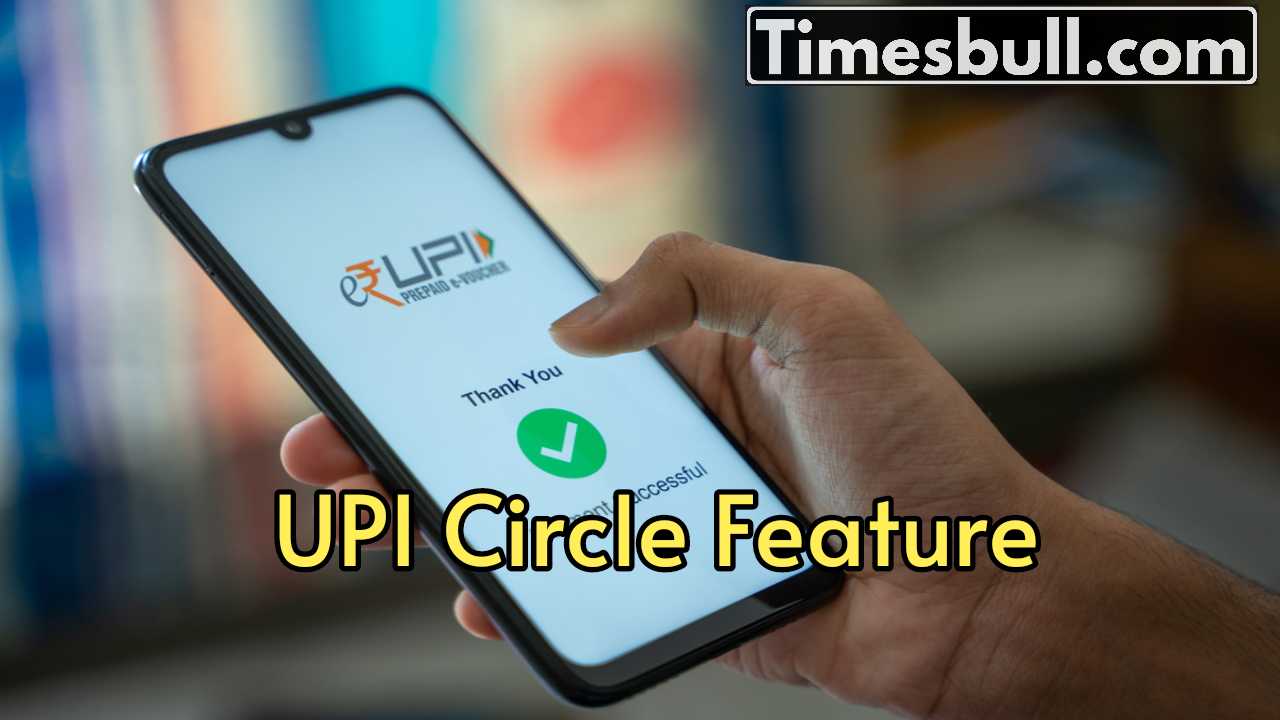UPI: Unified Payments Interface, or UPI, has quickly become the go-to method for digital payments in India. It’s now a vital part of everyday life for many people, who prefer using UPI over cash. The convenience of UPI is hard to beat, as it’s widely accepted almost everywhere. Did you know that you can now share your UPI account not just with your girlfriend or family, but also with your bank account? This means that even those who are far from your bank can make UPI payments.
This feature is called UPI Circle, which allows the UPI account holder to permit others to make payments from their account. The main user, who has both a bank and UPI account, can set up a UPI Circle. Those added to this circle will be able to make payments using the same UPI account. Currently, up to five people can make payments simultaneously from one UPI account. This feature was introduced by NPI last year and is currently available through the Bhim app, with plans to roll it out on other UPI apps soon.
So, how does the UPI Circle feature work? To let someone make payments using your UPI, you’ll need to add them as a secondary user. You can do this by entering their UPI ID, or if you don’t have it, you can simply scan their QR code.
Full payment delegation or partial payment delegation
In the UPI system, the main user has two choices for adding a secondary user. This allows the primary user to grant either full or partial payment delegation rights to the secondary user. If the primary UPI user opts for full payment delegation, the secondary user can make payments up to a set limit without needing a PIN. However, if the primary user chooses partial payment delegation, the secondary user will need to get approval from the primary user for each payment made.
